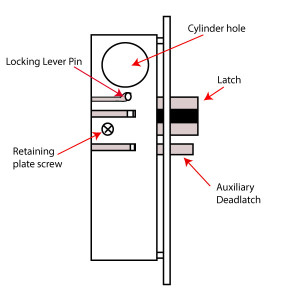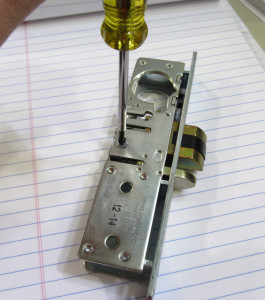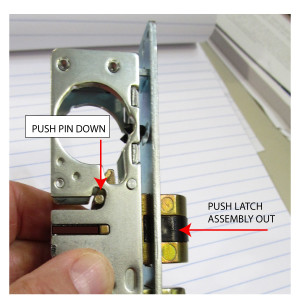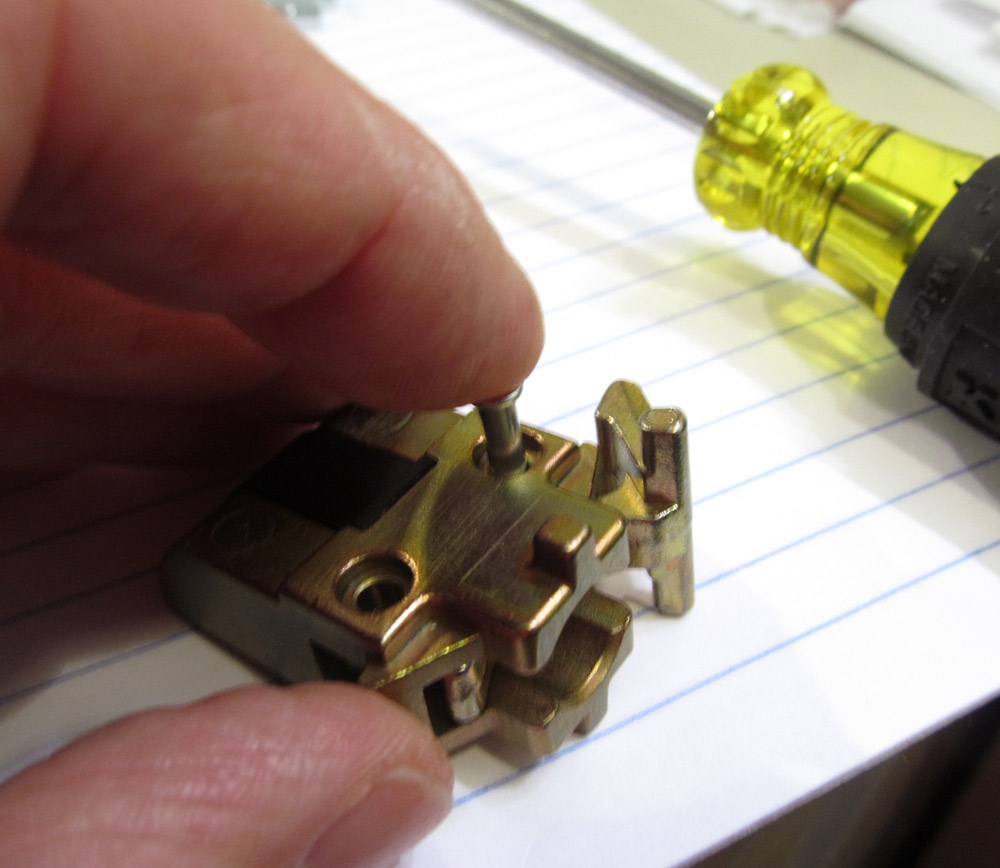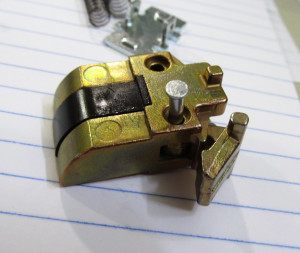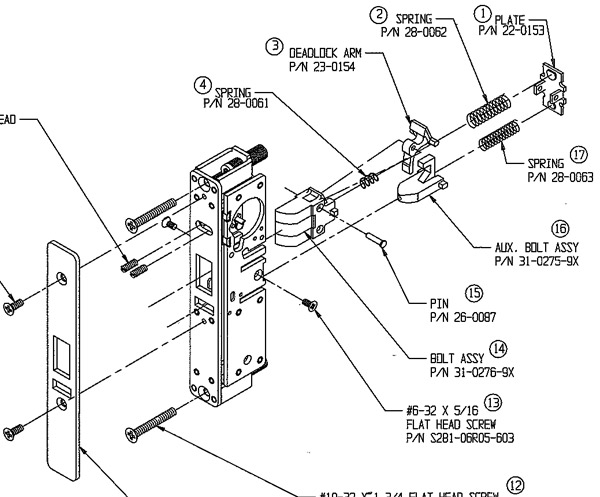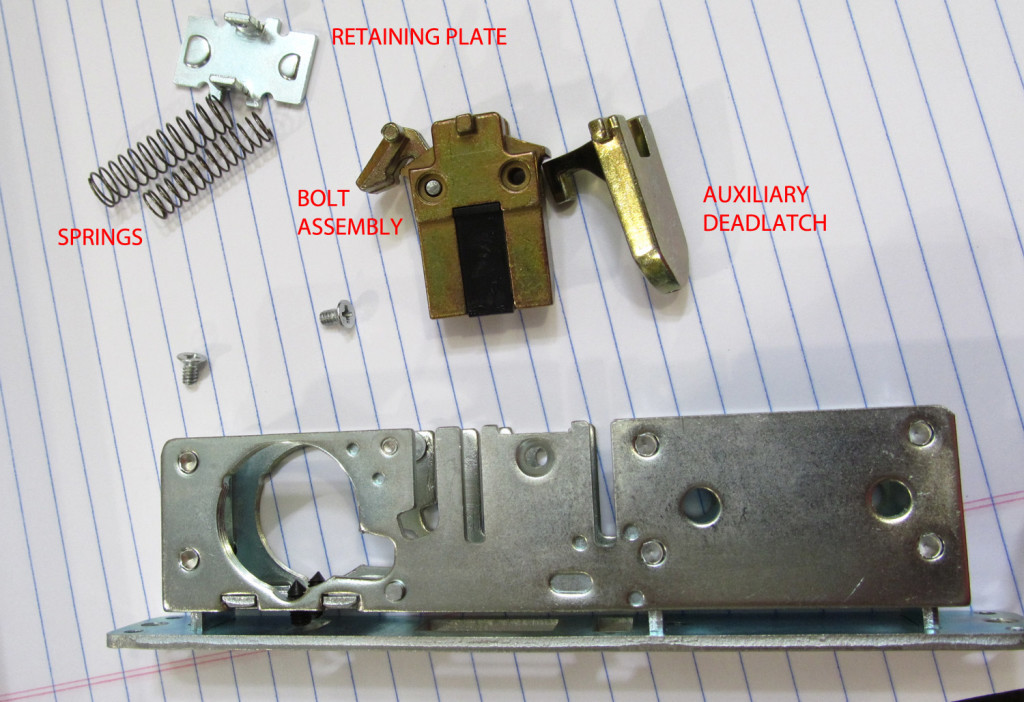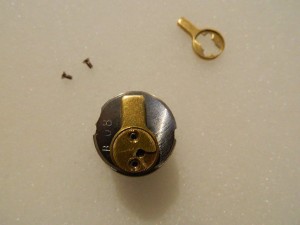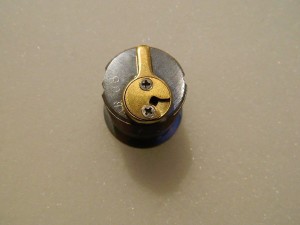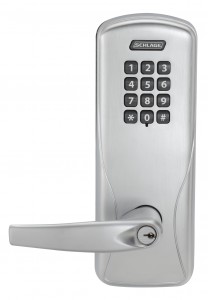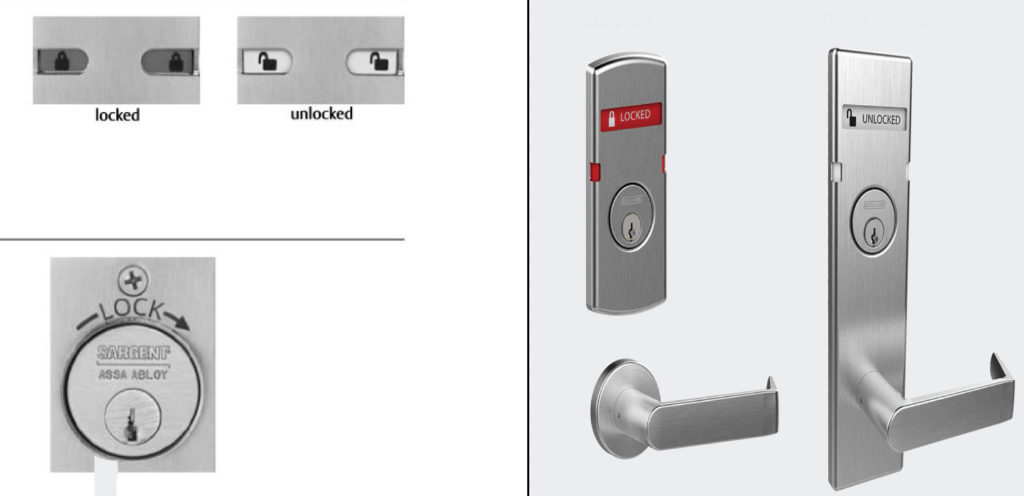
New Corbin and Schlage Occupancy Indicators
In 2018 we have seen a sharp increase in choices available for occupancy indicators for mortise locks. Goodness knows the world can always use more occupancy indicators. One might say that us hardware geniuses now have a dizzying array of indicators available to meet your occupancy indication application needs. Following are some examples of the new choices.
The Schlage lock company advanced with new “180 degree visibility” indicator offerings for their L Series mortise locks, including the new N escutcheon with indicator. Four signage options are available, and indicators are available for use on both the insides and outsides of doors. For example, on a classroom intruder application, LOCKED/UNLOCKED indicators can be installed on both sides of the door, or on a nursing mother’s room, a LOCKED/UNLOCKED indicator inside to reassure the mom, and a DO NOT DISTURB or OCCUPIED indicator outside to stop folks from barging in.
“180 degree visibility” is accomplished by additional indicator windows on the edge of the indicator unit that are visible from the side.
There are many models in this offering of indicators: one for each combination of interior or exterior multiplied by four possible signage choices and for use with either cylinder, emergency screwdriver slot or turn piece.
These indicators are usable with many, but not all L Series functions. Schlage still offers their original model 09-611 indicator that is included with some mortise lock functions. Consult your Schlage commercial price book or favorite door hardware genius for more information.
Sargent and Corbin have also increased their indicator offerings for their mortise locks, expanding them to more functions with more signage options, and now including escutcheon trims as well.
One option offered by Assa Abloy and not by Allegion at this time is escutcheons engraved with the word, “LOCK,” and an arrow indicating the direction one needs to turn the key to lock the door. This option would perhaps be most notably used for classroom intruder functions, wherein the outside trim is locked from inside the classroom with a key during a security emergency. The inside trim remains unlocked for safe egress.
Like the new Allegion indicators, the new Assa Abloy indicator offerings work with select functions and have variable part numbers that reflect the different signage, placement and function of the indicator.
Usually occupancy indicators can be added to existing locks, as long as the indicator is compatible with the function of the lock. Replacing a plain escutcheon with an indicator escutcheon is a bit pricier and installation is more complex, but it can be done, once again, if the chosen indicator trim is compatible with the existing hardware.
Your source for quality security products with superior service!
google.com, pub-7137066797172734, DIRECT, f08c47fec0942fa0

